FS Colour Series: SILVER LAKE BLUE Inspired by Helen Frankenthaler’s Watery Pools of Light
SILVER LAKE BLUE’s soaring, luminescent blue stretched out across Helen Frankenthaler’s vast, abstract art, invoking endless blue skies or glassy pools of water. A pioneer like no other, Frankenthaler made her name in 1950s New York, a leader in the second wave of Abstract Expressionism. Her light, airy canvases broke away from the impasto, painterly surfaces of Jackson Pollock and Willem de Kooning, introducing watery pools of colour filled with depth and light. Her striking paintings were so influential, they went on to shape the development of Colour Field Painting that followed.
Frankenthaler was born in 1928 in New York City, and she grew up here surrounded by world-class art and culture. In 1949 she graduated from Bennington College in Vermont, followed by art classes in New York with the pioneering tutor Hans Hoffmann, who also taught Lee Krasner. While a student with Hoffmann, Frankenthaler discovered the art of the Abstract Expressionists, and she was completely hooked, immediately imitating their freedom of expression in her own art.
Throughout the 1950s Frankenthaler discovered her signature ‘soak-stain’ technique, pouring watery, diluted passages of acrylic paint onto bare canvas flat on the floor and letting it settle into the weave of the fabric. Once dry, these spontaneously applied pools became glowing auras of coloured light. In them, Frankenthaler saw the traces of her own memories about place, particularly the wide-open space of the American landscape. This fluid process freed paint from the rigid constraints of the human hand, and it was this freshness that captured the art world’s attention in the decades that followed.
We see this airy, atmospheric quality in The Bay, 1957, which seems to swish and sway with the energy of the ocean. Various colours are scattered across its surface but it is the large patch of pale blue that dominates the scene, applied in free, spontaneous marks. Frankenthaler spoke of the letting-go process needed to create her images, observing: “In making a painting, you have to allow for the awareness in you that is not fully conscious, allowing for the disorder or chaos that is not yet order, the kind of chaos sometimes expressed in dreams.”
Cave Memory, 1959 was created following the artist’s honeymoon trip with her husband, the artist Robert Motherwell, to the Palaeolithic cave paintings at Lascaux and Altamira. It was the freedom, scale and borderless designs of cave paintings that particularly lit up her imagination, and from this period on we see a new freedom and energy in her art. In this particular work, her painterly marks are courageously sparse, exploring how white space can become as much of a feature as the colours that move across it. Sweeping strokes of iridescent blue curl across the centre of the scene with the same primal energy we see in those historic cave paintings.
By the 1960s Frankenthaler had earned a widespread reputation as a leader in a new brand of Abstract Expressionism that was bold and strikingly simple, dominated by an emphasis on the spiritual properties of colour. Untitled, (Helen), 1963 reveals the artist’s growing confidence in leaving her canvases pure, minimal and simple. The swooping curves and brilliantly bold design of this image recall the playful paper cutouts of Henri Matisse, but Frankenthaler’s language is entirely abstract, a rhapsody of harmonious hues where deep orange sings next to her signature shade of pastel blue.
Throughout the 1970s Frankenthaler was at the height of her career, with major museum retrospectives and catalogues being organised in her honour. In spite of her professional success, it was a tumultuous time emotionally for the artist as she finalised her divorce from Motherwell, her husband of 13 years. The conflicting emotions of high and low brought about by these life changes came to play out in much of her late art. In the monumental canvas Blue Reach, 1978, almost fifteen feet wide, Frankenthaler creates a theatrical showpiece, an ode to the colour blue which is poured, streaked, swiped and scumbled to suggest the merging of sky and sea. Eminent 1960s art critic Barbara Rose saw late works like this one as the highest point in Frankenthaler’s career, a time when she was more daring and provocative than ever before. She noted, “Her paintings are not merely beautiful. They are statements of great intensity and significance about what it is to stay alive, to face crisis and survive, to accept maturity with grace and even joy.”






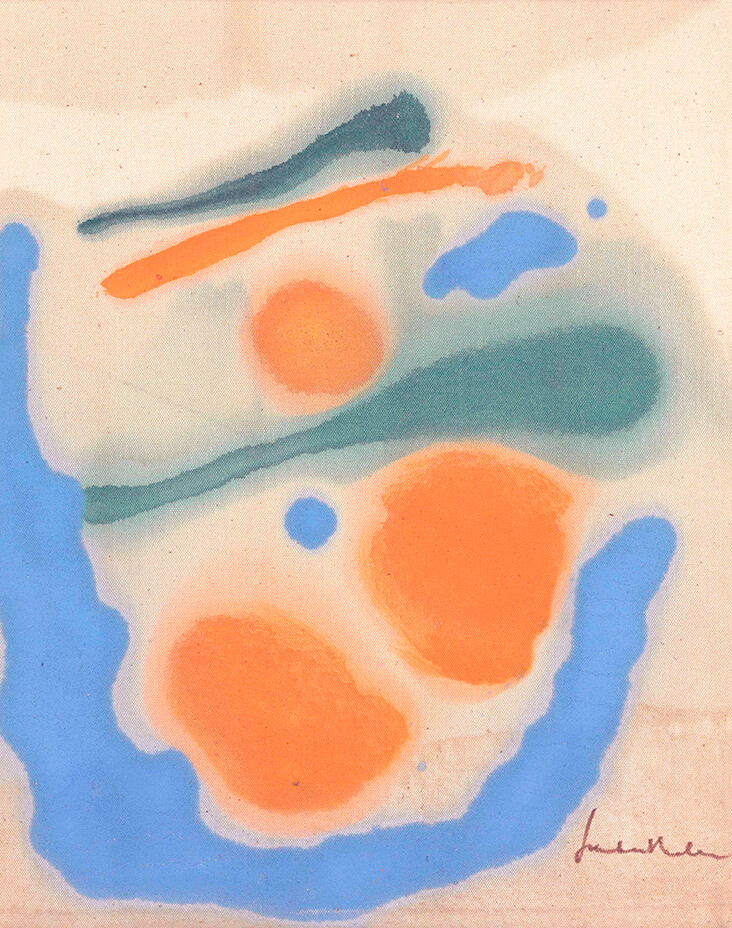
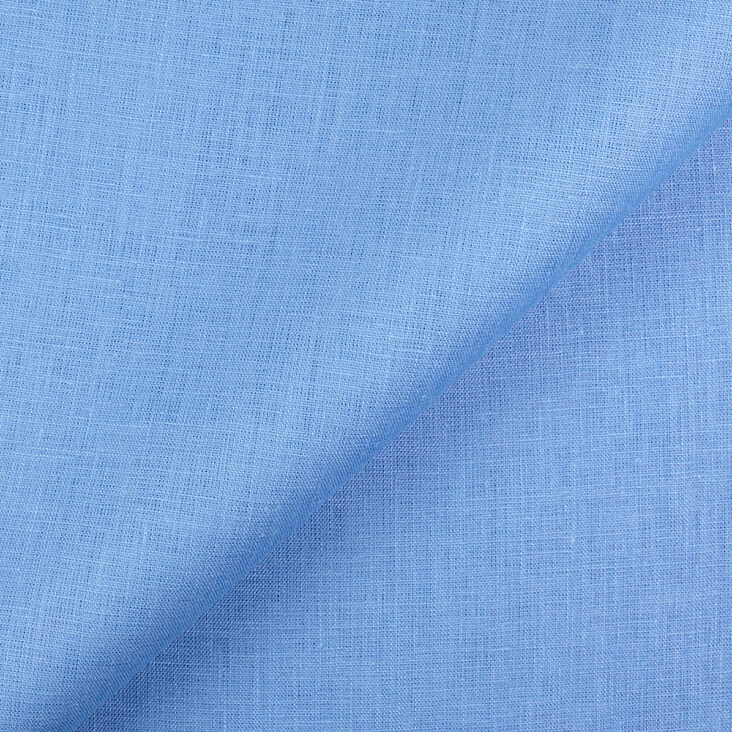
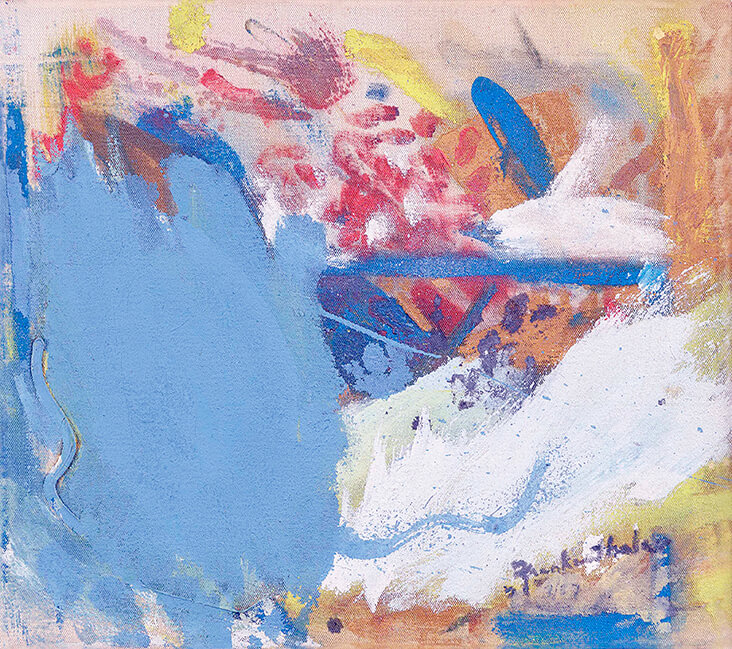





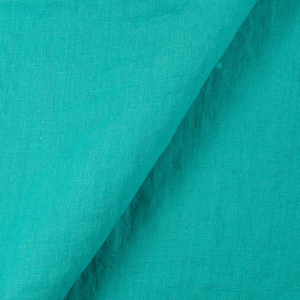


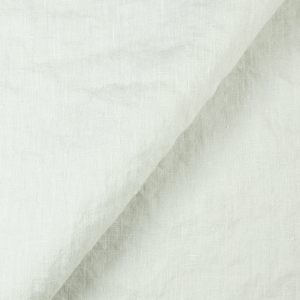

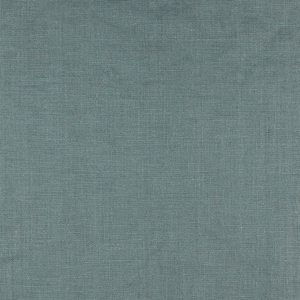





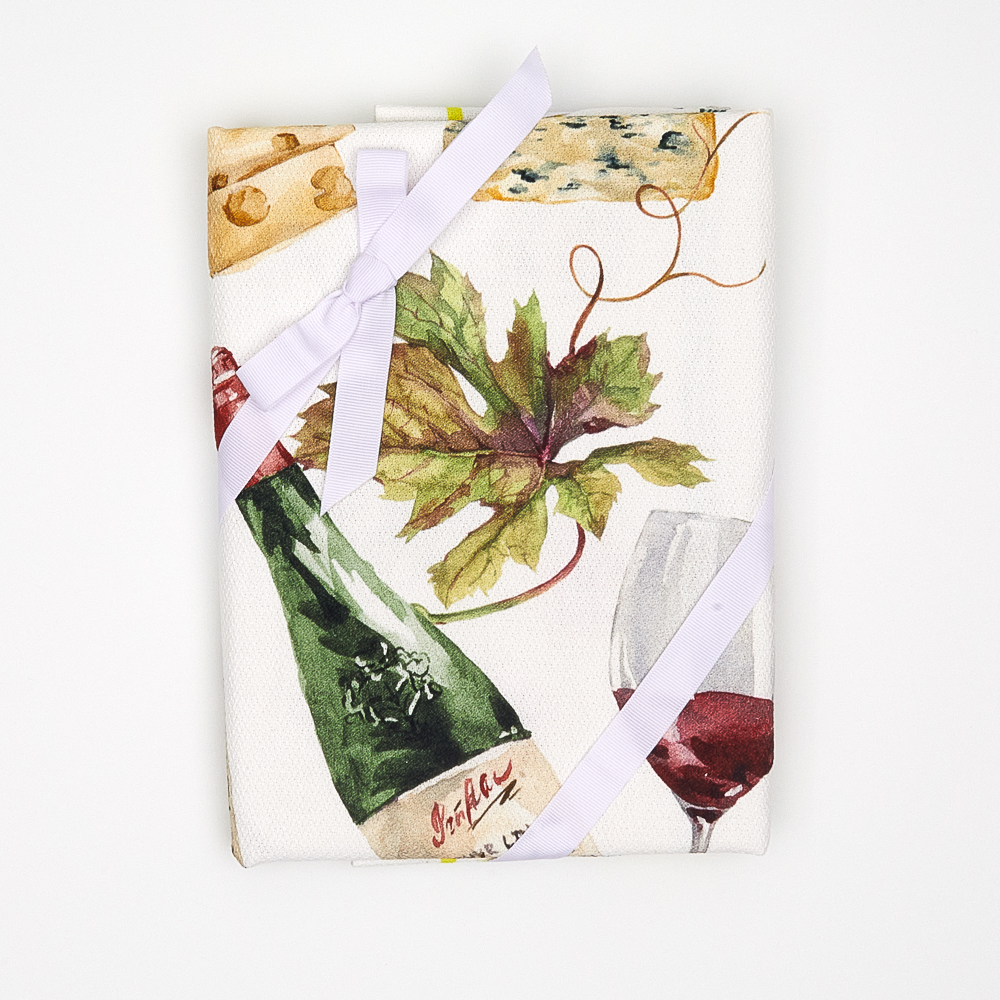














2 Comments
Vicki Lang
What beautiful colors she uses. So light and airy. Thank you for the article.
Rosie Lesso
Thanks Vicki! Glad you enjoyed it…